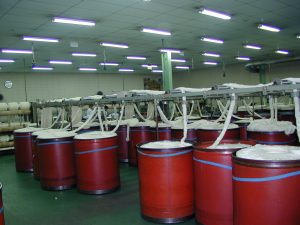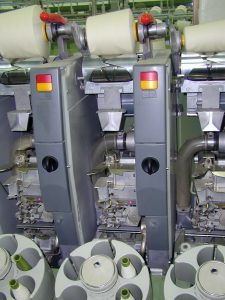
Overview
Wool Technology links production and metrology to processing. An overview of processing systems, Worsted and Woollen, is presented. The early stage processing of wool and the spinning process to yarn are covered in much detail with the principles, processes and machinery explained and examined. The utilisation of wool fibre in the world-wide textile industry is presented, including the development of new products, and other textile fibres that compete with wool are described. Fibre properties and their impact on processing and final products are also covered.
It is important to consider wool as a fibre, both in the context of processing and its various uses. The important properties of wool fibres are described in relation to other fibres in the global apparel market. Australian wools are processed on either of two wool processing systems, worsted or woollen. These systems are compared and the processes involved in the woollen system of manufacture are explained in more detail. Worsted processing, its principles and processes are dealt with in much greater detail in the “Early Stage Processing” theme.
The “Early Stage Processing” theme is divided into many topics all of which address the principles and processes used in the processing of greasy wool to top on the worsted system of manufacture.
A brief overview of the later stage processes of fabric and garment manufacture is provided. The performance of blended fabrics is also examined.
The relationship between fibre properties and final products is described, comparing the wool fibre with some competing fibres. Exciting new developments in wool technology which have led to the development of new products are also examined.
Wool fibres are only one of many fibre types both natural and synthetic which go into the manufacture of textile apparel. “Textile Manufacture” looks at those competing fibres and describes textile processes in general.
